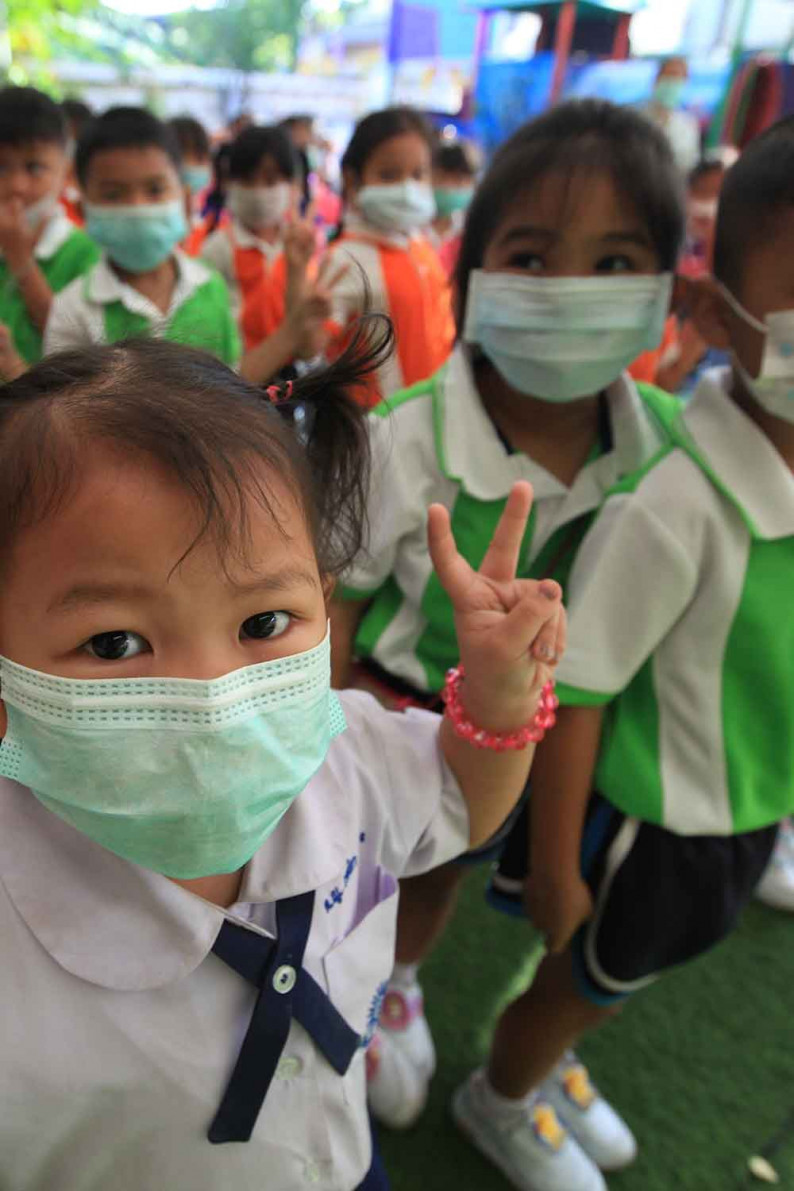
The government is trying to ease complaints from small provinces that have cried foul over unfair Covid-19 vaccine distribution, despite their successful efforts to tame the coronavirus in their areas.
As the national vaccine rollout has been revised to focus on provinces with high infection risk as well as potential to welcome back foreign tourists, smaller provinces with low transmission rates are demanding that they not be left out.
Maha Sarakham and Sa Kaeo are among the provinces that have defended the need to receive enough vaccines to keep them safe from the outbreak, said Apisamai Srirangson, the assistant spokeswoman for the Centre for Covid-19 Situation Administration (CCSA).
Maha Sarakham has kept the number of new daily infections in single digits since Monday. The northeastern province even reported zero cases on Friday. Sa Kaeo also had a clean sheet on Friday after logging eight new infections on Wednesday and just two on Thursday. Sa Kaeo’s numbers exclude Thai returnees from Cambodia via the checkpoint in Aranyaprathet district.
“Their argument was that the low infections were the result of the hard work of health volunteers on the ground,” Dr Apisamai said at the daily CCSA briefing on Friday. “They [believe they] should receive the vaccine from the original quota.”
Dr Prapas Phukduang, chief of the public health office in Sa Kaeo, on Thursday admitted uncertainty over the exact amount of vaccine to be delivered by the Disease Control Department, which is mapping out distribution by working with the CCSA.
He said people aged at least 60 and people with specific serious and chronic diseases would be inoculated as planned. “Other groups have to wait for clarity from the CCSA on vaccine distribution,” he said in an interview with the provincial public relations office.
The worries of the two provinces were in line with the concerns of Lampang, where provincial governor Narongsak Osottnakorn said on May 13 he was worried about insufficient supply to help northern province return to business as usual once it achieves herd immunity.
Under the original distribution plan, all provinces were to receive vaccines to cover 70% of the population to create herd immunity. But because vaccine availability over the next few weeks remains uncertain, and infections in some provinces, including Bangkok, still shows no signs of abating, the government has said it needs to redistribute supplies to areas most in need at the expense of other provinces with improving performances.
Dr Apisamai said the CCSA was trying to strike a better balance of vaccine distribution for all provinces as more vaccines become available.
The government aims to deliver first jabs for all people eligible by the end of September and to fully inoculate 70% of the population by the end of December.
